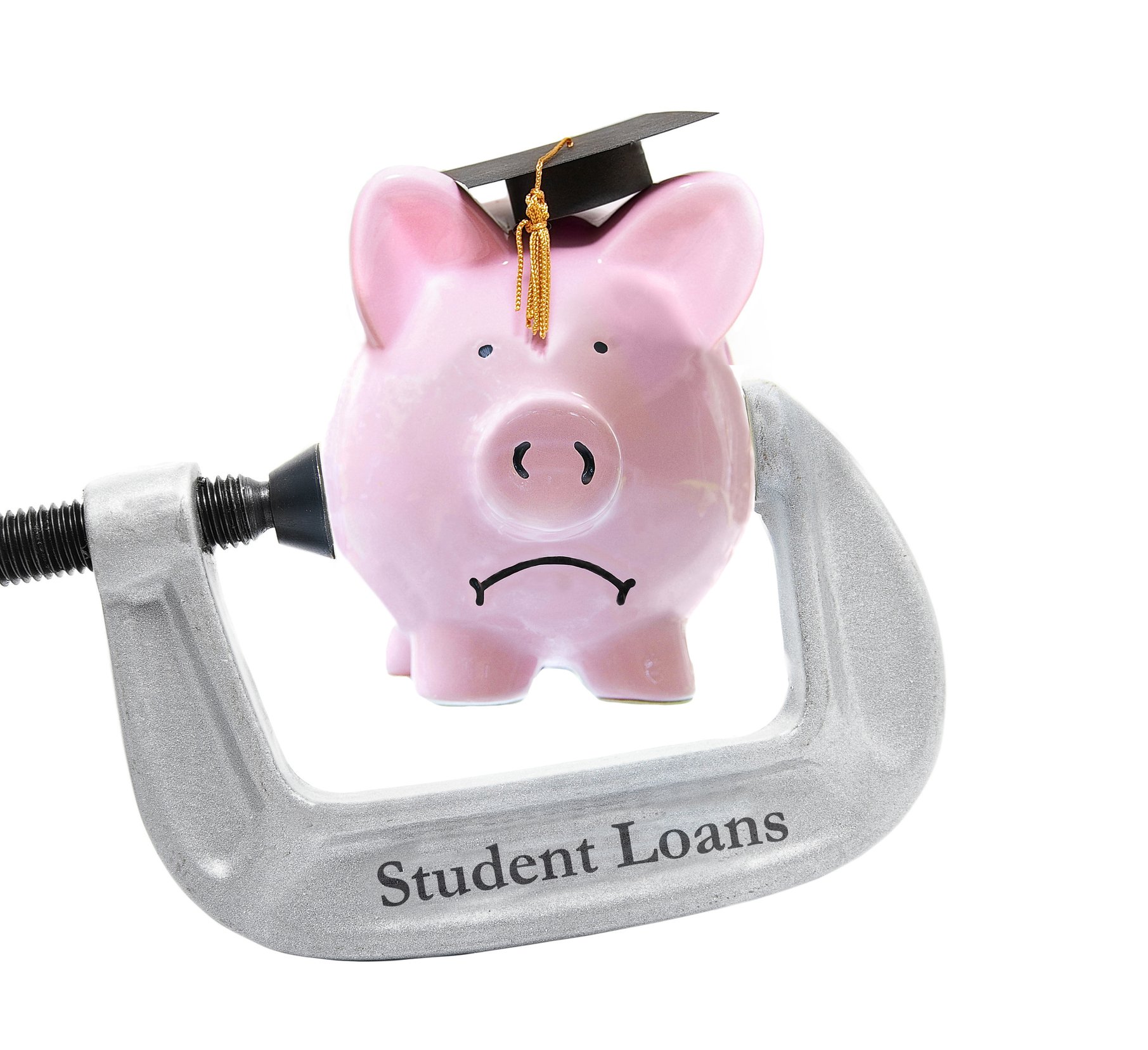 If you have student loans and have looked at your credit reports, you might’ve noticed there are multiple entries for your loans.
If you have student loans and have looked at your credit reports, you might’ve noticed there are multiple entries for your loans.
That’s because each disbursement can be reported as a separate loan, even if you make just one repayment each month. And while a student may get just one federal loan for the year, it will usually be given to them in two or more disbursements. Multiply two or three disbursements over a four- or five-year period, and those accounts add up pretty quickly.
This reporting can negatively impact student borrowers in two ways when you’re first taking out your loans:
1. When newly reported, each disbursement/loan is considered a new loan, which can mean a slight reduction in your credit score due to the presence of a “new account” each time; and
2. With each new disbursement appearing as a new loan, your ‘average age of accounts’ can remain low and result in a lower score than if the average age were higher.
The Late-Payment Smackdown
That might not be a big deal while you’re in school, and as those accounts age, your credit scores will improve with timely payments. But what if you make a late payment on that one repayment you make each month? Yep, that multiplier effect can hurt you again, and pretty badly. Suddenly that one 30-day late payment shows up as 12 or 15 late payments. Two late payments? Ouch. Your credit scores have probably taken a beating.
“These loans are reported by the bureaus as installment loans with the payment history updated each month,” according to Thomas Nitzsche, media relations manager for ClearPoint Credit Counseling Solutions.
That’s actually a bright spot for student loan borrowers because installment balances don’t have the same scoring impact as revolving balances do in credit utilization calculations (the amount of outstanding debt you have in relation to your available credit). But still, if you’re making late payments, or skipping them altogether, you need to do something, and quickly.
Can Consolidation Help?
Of course, you can avoid the multiplier effect on your credit reports by consolidating your student loans, which will give you just one loan account that shows on your credit reports. But if you’re already making late payments or skipping payments because you’re financially strapped, it’s not going to make much difference if you can’t improve your financial situation. On top of that, before you consider consolidating your federal student loans, it’s good to keep in mind that you will give up some of the freedoms and benefits that these loans offer, particularly if you fall into financial hard times.
Regardless of the types of loans you have, whether public or private, consolidated or not, the single most important factor that will determine how your loans impact your credit scores is your repayment history. So no matter how many loans you have, it’s smart to keep track of them and pay them on time. If you can’t, it’s time to consider the following options.
To Defer Or Not To Defer
If you’re having trouble making your student loan repayments, deferment is a significantly better choice than being late or, far worse, defaulting on your loans because you can’t pay them.
“A deferment will not damage your credit like a default will, but if you default before talking to your lender you could forfeit your ability to defer,” Nitzsche said. “Student loan defaults become most serious after 90 days past due.”
A deferment or forbearance may give you some breathing room while you work to regain your financial footing. Both offer a temporary reprieve on student loan repayments, which is important since student loans are rarely dischargeable in bankruptcy. The key is deciding which option is right for you and understanding the primary differences between them.
In a nutshell, deferment and forbearance are similar in that they both allow you to put your student loan payments on hold, temporarily suspending your minimum monthly payment obligations. If you’ve suffered a job loss or other economic hardship, you may be eligible for a deferment or forbearance through your lender, though eligibility and terms will vary from lender to lender. In general, the time frames for temporary relief on student loans can range anywhere from a month or two to a year or longer.
The main difference between a deferment and forbearance is the interest. In the case of deferments, you may be able to save on interest depending on whether or not your loan qualifies as an eligible government-subsidized loan. If your loan is a subsidized government loan, the interest is subsidized at a much lower rate and in some cases, you may not be charged any interest at all while the loan is in deferment. For this reason, deferments are often harder to qualify for. With forbearance, even though you aren’t obligated to make the monthly payment, you will continue to accrue the full rate of interest on any outstanding loan balance.
If you want to see how your student loan repayments are affecting your credit scores, you can check your two free credit scores, updated monthly, on Credit.com.
This article originally appeared on Credit.com and was written by Constance Brinkley-Badgett.










